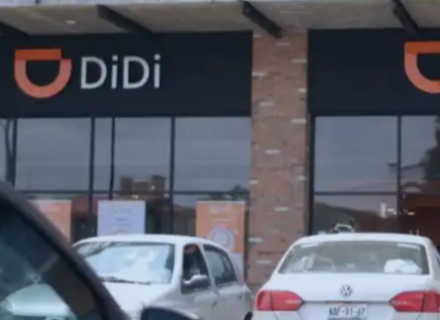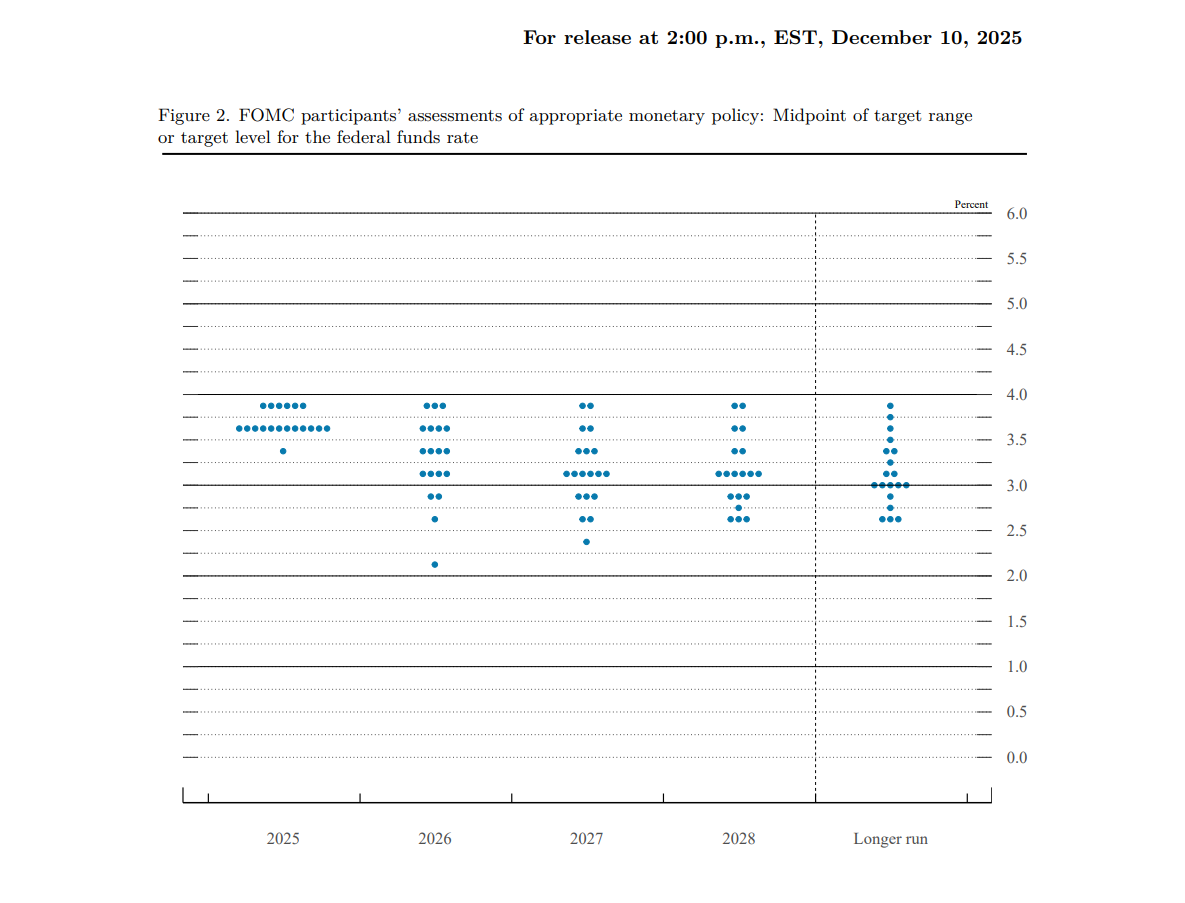Decentralized Governance and Speculative Momentum: Bridging Traditional and Crypto Markets for Smarter Investments
- Traditional corporations like Microsoft and Amazon adopt AI-driven decentralized governance to enhance real-time risk oversight and stakeholder engagement. - Crypto ecosystems, including DAOs and Dogecoin, leverage token-based voting and community sentiment but face volatility and manipulation risks from large token holders. - Investors must balance exposure to decentralized models—combining AI-enhanced corporate governance with community-driven crypto assets—to navigate both innovation and instability.
In the ever-evolving landscape of global markets, the lines between traditional corporate governance and crypto ecosystems are blurring. From AI-driven boardrooms to token-based voting systems, decentralized structures are reshaping how organizations—and their investors—navigate risk, innovation, and stakeholder engagement. For investors, understanding these parallels is no longer optional; it's a necessity. Let's dissect how decentralized management dynamics in large corporations mirror speculative momentum and governance shifts in crypto ecosystems, and what this means for your portfolio.
The Rise of Decentralized Governance in Traditional Corporations
Over the past year, traditional corporations have embraced decentralized governance models to enhance agility and responsiveness. AI-powered platforms now enable boards to monitor real-time risk, compliance, and performance metrics, moving beyond quarterly meetings to continuous oversight. For example, companies like Microsoft and Amazon have integrated governance dashboards that allow directors to address emerging issues instantly, much like how DAOs (Decentralized Autonomous Organizations) operate in crypto.
This shift reflects a cultural and technological evolution. Boards are no longer confined to “check-the-box” compliance but are actively integrating risk and opportunity into ongoing discussions. As Ana Dutra, a veteran board director, notes, “The future of governance lies in fluidity—boards must adapt to a world where decisions are made in real time, not in silos.”
Crypto Ecosystems: Decentralization as a Double-Edged Sword
In the crypto space, decentralized governance is both a strength and a vulnerability. DAOs, for instance, use token-based voting to democratize decision-making, but this model is prone to manipulation by large token holders—so-called “whales.” Dogecoin (DOGE), while not a DAO, exemplifies community-driven governance. Its price is heavily influenced by social media sentiment, celebrity endorsements, and grassroots initiatives, creating a speculative environment where volatility is the norm.
Consider the 2025 data: DOGE surged 300% during viral social media campaigns but corrected 50% when enthusiasm waned. This mirrors the challenges traditional corporations face in balancing stakeholder expectations. Just as a board must navigate shareholder activism, Dogecoin's community must manage the whims of its base. The absence of a centralized authority in crypto ecosystems amplifies both upside potential and downside risk.
Parallels and Divergences: A Framework for Investors
The parallels between traditional and crypto governance are striking. Both sectors are decentralizing decision-making to improve agility. However, the tools and outcomes differ. Traditional corporations leverage AI and data analytics to streamline governance, while crypto ecosystems rely on token economics and community consensus.
For investors, this duality offers a unique lens. Traditional companies with decentralized governance—like those adopting AI-driven dashboards—may outperform peers in volatile markets. Conversely, crypto assets with strong community engagement, such as DOGE, can experience explosive growth but require a tolerance for high volatility.
Actionable Insights for Navigating Both Markets
- Diversify Governance Exposure: Allocate capital to both traditional and crypto assets with decentralized governance. For example, pair a stake in a tech giant like Microsoft (with AI-enhanced governance) with a smaller position in DOGE, which thrives on community-driven momentum.
- Monitor Sentiment and Data: In traditional markets, track boardroom decisions and ESG initiatives. In crypto, follow social media trends and token holder activity. Tools like sentiment analysis platforms can help quantify speculative momentum.
- Balance Speculation with Stability: While DOGE's 119.4% projected ROI over 30 days is enticing, offset this with institutional-grade crypto assets like Bitcoin ETFs to mitigate risk.
- Engage with Governance Proposals: In traditional markets, vote on shareholder resolutions. In crypto, participate in DAO votes or community polls to influence outcomes.
Conclusion: The Future of Governance is Hybrid
The convergence of decentralized governance in traditional and crypto markets is not a passing trend—it's a fundamental shift. Investors who recognize this and adapt their strategies accordingly will be better positioned to capitalize on emerging opportunities. Whether it's a boardroom leveraging AI or a Dogecoin community rallying behind a meme, the key lies in understanding how decentralization drives both innovation and instability.
As markets evolve, so must our approach. By bridging the gap between traditional and digital governance, we unlock a new era of investment—one where agility, transparency, and community power redefine value creation.
Disclaimer: The content of this article solely reflects the author's opinion and does not represent the platform in any capacity. This article is not intended to serve as a reference for making investment decisions.
You may also like
"Validator's Pendle" Pye raises $5 million, enabling SOL staking yields to be tokenized
There are truly no creative bottlenecks in the financialization of Web3.

DiDi has become a digital banking giant in Latin America
DiDi has successfully transformed into a digital banking giant in Latin America by addressing the lack of local financial infrastructure, building an independent payment and credit system, and achieving a leap from a ride-hailing platform to a financial powerhouse. Summary generated by Mars AI. This summary was produced by the Mars AI model, and its accuracy and completeness are still being iteratively improved.

Fed rate cuts in conflict, but Bitcoin's "fragile zone" keeps BTC below $100,000
The Federal Reserve cut interest rates by 25 basis points, but the market interpreted the move as hawkish. Bitcoin is constrained by a structurally fragile range, making it difficult for the price to break through $100,000. Summary generated by Mars AI This summary was generated by the Mars AI model, and the accuracy and completeness of its content are still being iteratively updated.

Full text of the Federal Reserve decision: 25 basis point rate cut, purchase of $4 billion in Treasury bills within 30 days
The Federal Reserve cut interest rates by 25 basis points with a 9-3 vote. Two members supported keeping rates unchanged, while one supported a 50 basis point cut. In addition, the Federal Reserve has restarted bond purchases and will buy $40 billion in Treasury bills within 30 days to maintain adequate reserve supply.
